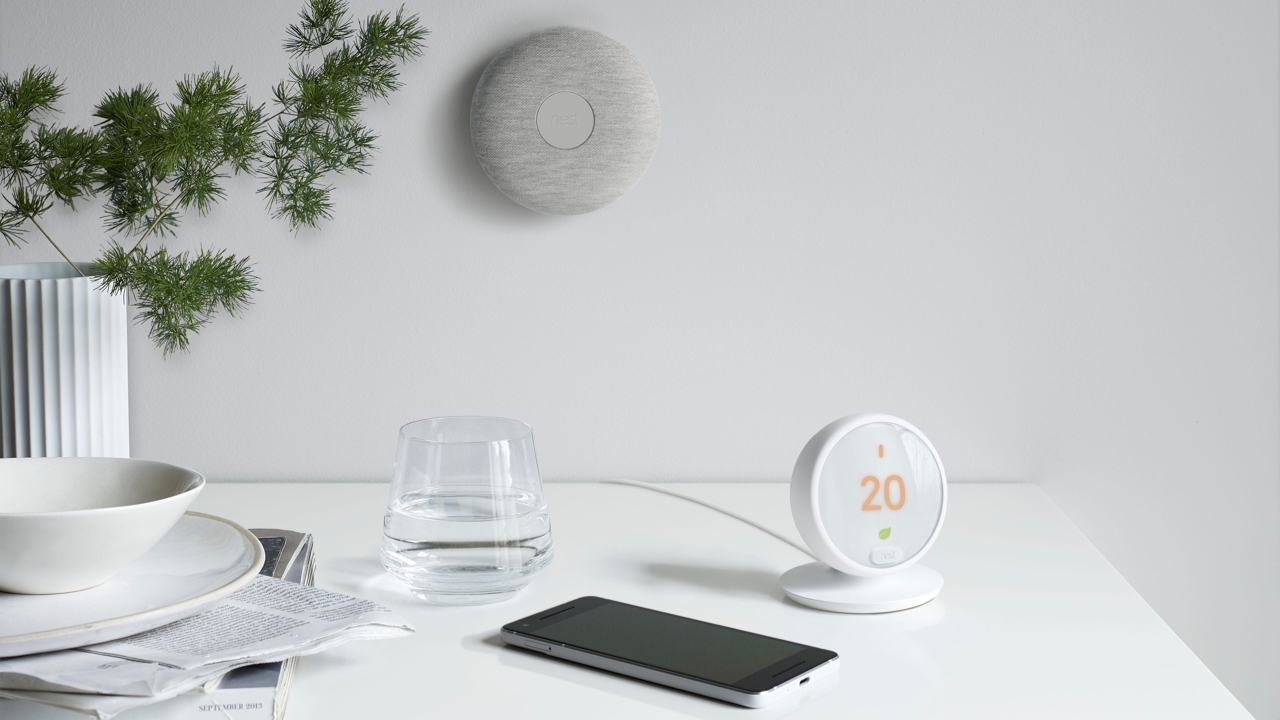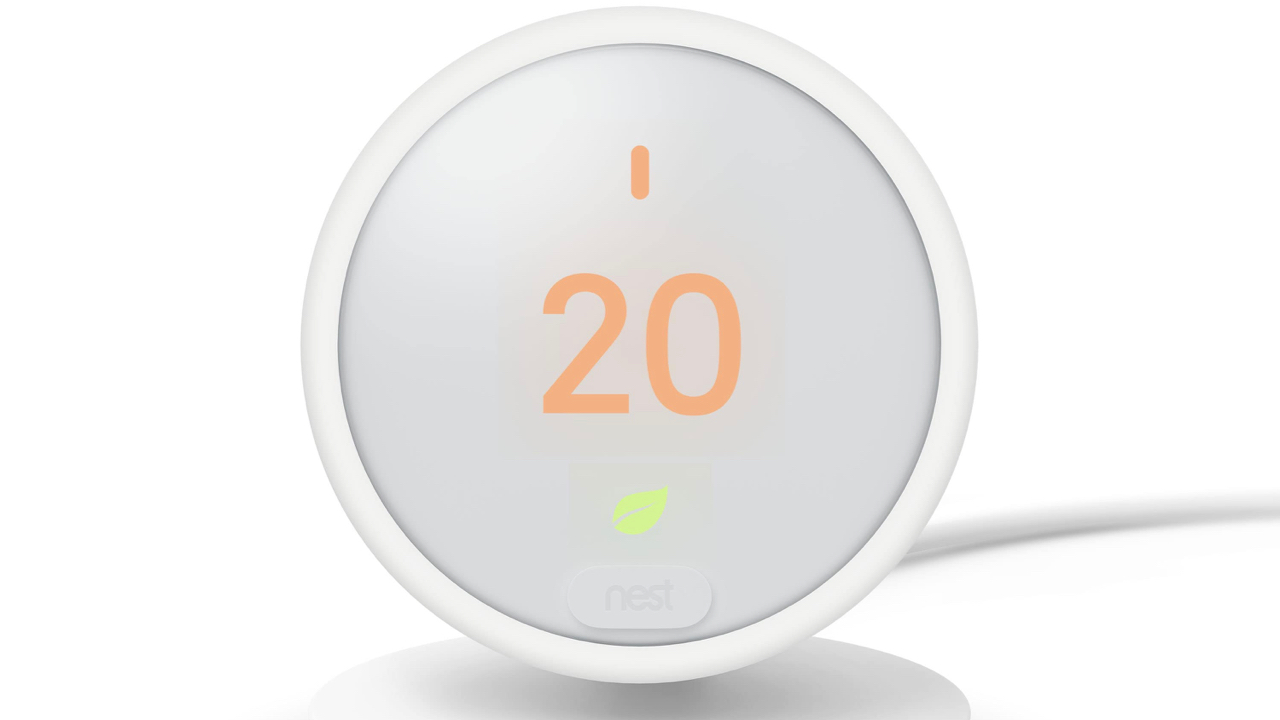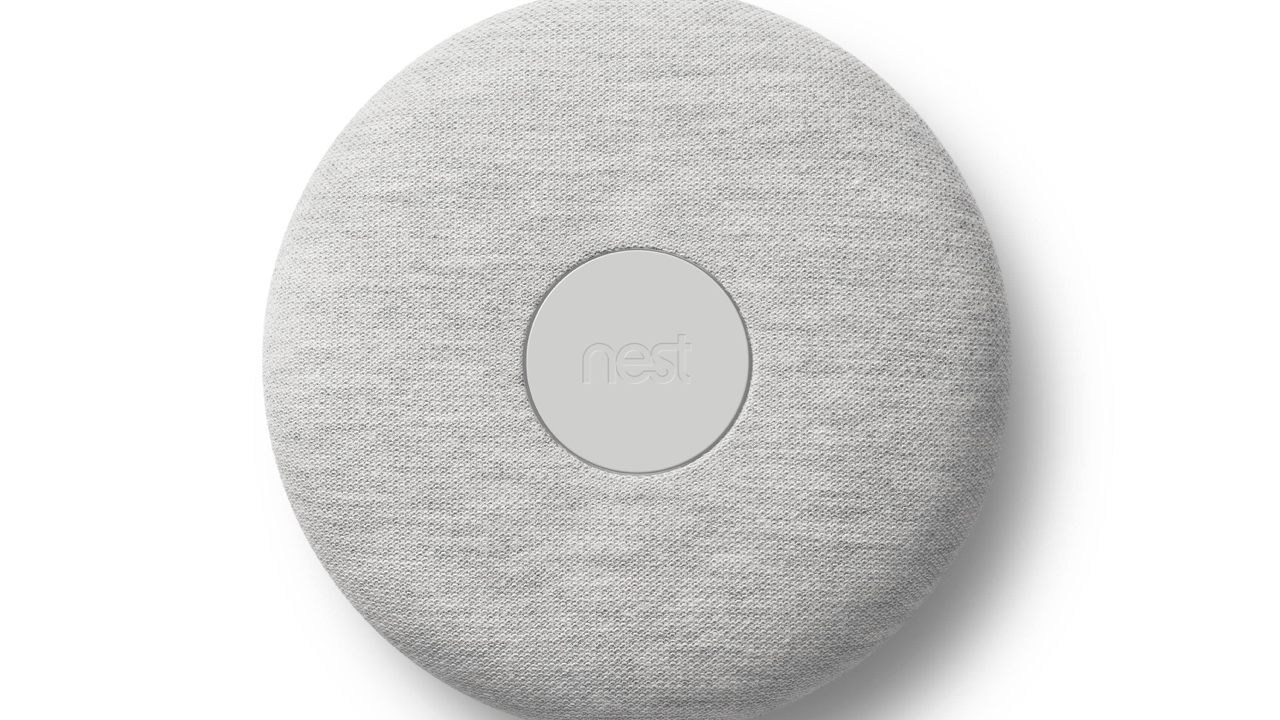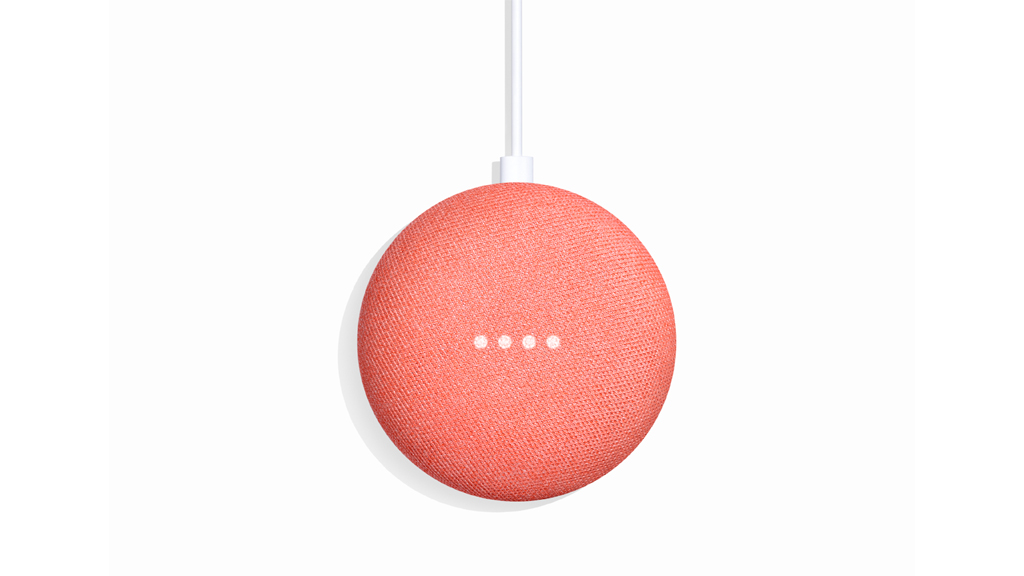Nest Thermostat E takes on Tado with a lower price and all Nest's magic energy-saving tricks
It's like getting a smart thermostat that normally costs £300+ for £199 and it's got a more subtle look to boot


Nest Thermostat E is where smart thermostats start becoming the norm instead of for techies only. Although the price is still a little steep, you can install this one yourself and it's otherwise identical to the pricier Nest when it comes to smartly controlling your heating.
If you've coveted a Nest (or any other of the best smart thermostats), but were put off by the price, this could be the one that gets you hooked.
The Nest Thermostat E appeared in the US a year ago, and is a more affordable version of the multiple T3-Award-winning Learning Thermostat. By scaling back the plushness of the design and materials employed, and making it user-installable, the E offered power savings for the people and promising to make American energy-cost savings great again. We can safely say America has gone mad for E.
Now the Nest Thermostat E hits the UK and Europe, which we used to be part of. It's £199, and you don't need to pay a plumber to install it, unless you are an utter dunderhead.
There's a longer more technical way of putting this but essentially the £199 Nest Thermostat E does everything the £219 Learning Thermostat does apart from controlling the hot water tank for your baths, sinks and showers. It also doesn't need professional installation (which takes the price to £279). Most people, Nest says, can install it in 'less than an hour', which is kind of like a challenge really, isn't it?
You only need to whip your old thermostat off the wall and attach the two wires that it leaves behind to the E. As with its Hello smart doorbell, Nest's app gives step-by-step install instructions, tailored to your particular setup. If you can't do it, I have bad news: this thermostat is actually smarter than you are.
Lionel Guicherd-Callin, Nest's ever-charming Global Head of Energy Product and Services says Nest thermostats have “globally saved more than 25 billion kWh" since their launch 7 years ago. "Enough to power every electric car in the world for a year" or "make 1.5 trillion espressos".
Get all the latest news, reviews, deals and buying guides on gorgeous tech, home and active products from the T3 experts
Of the E, Lionel adds, "The more subtle look and feel of the Nest Thermostat E will seamlessly blend into any environment. And it uses existing European thermostat wires so it’s a simple installation. It’s everything our customers have come to know and love from Nest thermostats with a renewed focus on user simplicity and control.”

Clearly the Nest E is not as attractive overall as the 'classic' Nest, above.
But realistically, how beautiful do most people require their thermostat to be? I'm going to go out there and say, "not that much if it costs £80 (with installation) more, thanks."

The white 'frosted' face of the Thermostat E is nicely minimalist, and only shows the temperature when you're near it. It comes with a stand and a 2 metre power cable, so you can easily put it in your living room, kitchen, hallway, sex dungeon, or wherever you think it's most essential to know the prevailing temperature, and adjust accordingly.
Nest describes this as a 'more subtle' design. Not 'cheaper looking'. Let's be clear on that.

This is where the magic happens
Arguably more attractive, ironically, is this wall box, which replaces your existing wall thermostat and connects wirelessly to Nest's smart one. It should be pretty easy to install by any non-dunderhead, and the fabric cover can be taken off and washed. It runs on batteries, as there's no power cable attached to existing thermostats, only control ones. That's why you can install it yourself: there's no danger of death by electrocution, or burning your house down. The batteries should last 3-4 years, and the Nest app will tell you when the juice is running short.
After that, it works like any good smart thermostat. In another departure from Nest's earlier practices, this one comes with a preset schedule, turning your heating on in the morning and evening. But then, like its pricier sibling, it learns your heating habits and when you're home (or not), and adjusts the schedule accordingly.
Then it does all the normal Nest stuff, again just like its richer and more handsome bro. It turns down the heating when it detects nobody is home (via movement sensors and the location of you and your family's phones). It uses 'True Radiant' to heat your home to just the right temperature at the right time, no more or less. It lets you control the temperature from anywhere in the world, gives you regular updates on how much energy you are using, and can alert you if it suspects you have a leak or frozen pipe.

"Okay Google, make my lounge toastier"
There is also voice control (of course), but unlike most rival thermostats it's via Google Home only – you'll need a Home device, it's not built in to the Nest itself. There's no Echo/Alexa option, and certainly no Siri. Why on earth could this be? Oh yes; Nest is part of Google.
Interestingly, the fact that Europe has all manner of different boilers and heating systems means that 'our' Thermostat E costs £199, while the US one costs $169, which is the equivalent of about 130 quid. Life's just not fair, sometimes. Whether on purpose or not, the pricing also puts it fairly directly in line with the tadoº smart thermostat, which recently scooped a T3 Award. The German brand advises pro installation for its thermostat, however.
• Nest Thermostat E is available for pre-order now for £199, shipping mid October.

Duncan is the former lifestyle editor of T3 and has been writing about tech for almost 15 years. He has covered everything from smartphones to headphones, TV to AC and air fryers to the movies of James Bond and obscure anime. His current brief is everything to do with the home and kitchen, which is good because he is an excellent cook, if he says so himself. He also covers cycling and ebikes – like over-using italics, this is another passion of his. In his long and varied lifestyle-tech career he is one of the few people to have been a fitness editor despite being unfit and a cars editor for not one but two websites, despite being unable to drive. He also has about 400 vacuum cleaners, and is possibly the UK's leading expert on cordless vacuum cleaners, despite being decidedly messy. A cricket fan for over 30 years, he also recently become T3's cricket editor, writing about how to stream obscure T20 tournaments, and turning out some typically no-nonsense opinions on the world's top teams and players.
Before T3, Duncan was a music and film reviewer, worked for a magazine about gambling that employed a surprisingly large number of convicted criminals, and then a magazine called Bizarre that was essentially like a cross between Reddit and DeviantArt, before the invention of the internet. There was also a lengthy period where he essentially wrote all of T3 magazine every month for about 3 years.
A broadcaster, raconteur and public speaker, Duncan used to be on telly loads, but an unfortunate incident put a stop to that, so he now largely contents himself with telling people, "I used to be on the TV, you know."